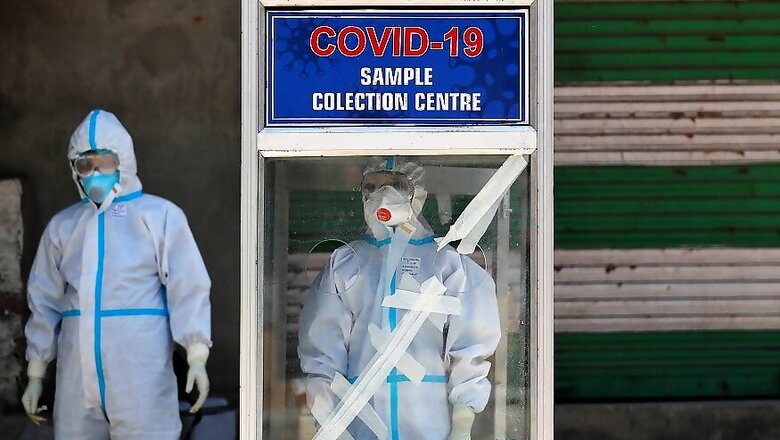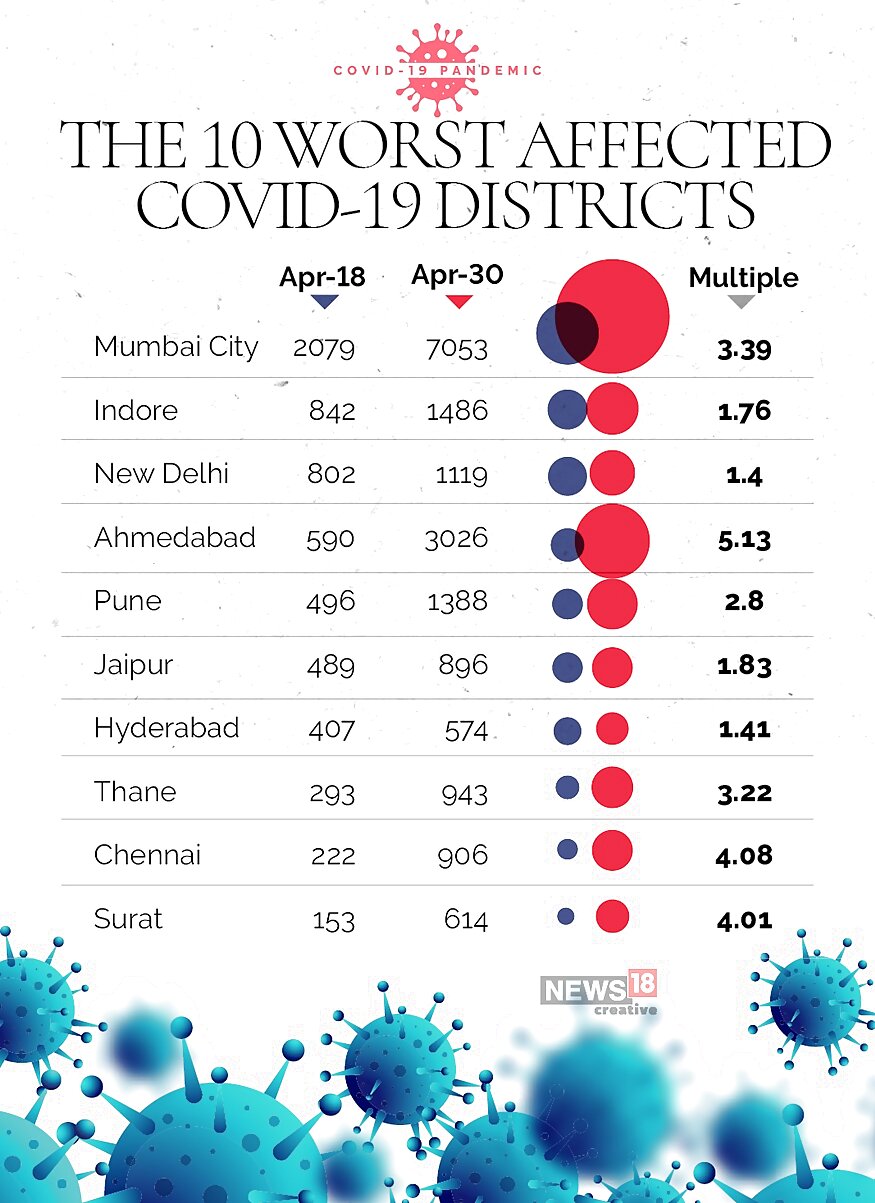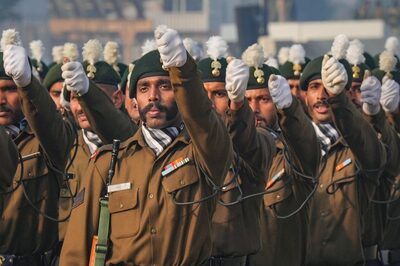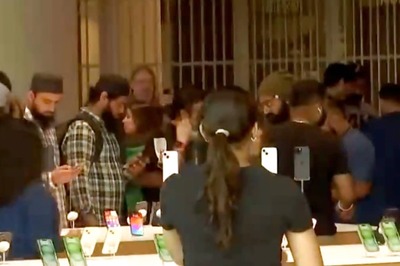
views
The union health ministry has identified a total of 130 hotspots or Red Zones while recognizing 284 Orange and 319 Green Zones in its district-wise break-up of Covid-19 in India, as it eases curbs during the phase-3 of the nationwide lockdown from May 4 to May 17.
This in turn means that while the number of districts affected by Covid-19 has gone up from 406 to 475, the number of hotspots has gone down by 40 in just 13 days from 170 on April 18 to 130 on May 1.
However, the total number of Green Zones has also gone down from 353 to 319 in a fortnight. Districts which have not reported any confirmed case at all or a new case in the last 21 days (earlier 28 days; relaxation due to increase in Recovery Rate) are now labelled as Green Zones.

Recategorisation of the three zones has been done primarily based on two factors – 1) the total number of cumulative cases in a district, 2) doubling rate of cases. But additional factors such as the extent of testing and surveillance feedback have been taken into consideration too.
Uttar Pradesh has the maximum hotspots (19) followed by Maharashtra (14), Tamil Nadu (12), Delhi (11) and West Bengal (10). While Tamil Nadu has done exceptionally well to reduce the number of hotspots from 22 to 12, there will be concerns in West Bengal and Uttar Pradesh where the number has risen by 6 in a couple of weeks.
As many as 15 States/UTs have no hotspot districts – Assam, Goa and Himachal Pradesh being three prominent States on this list. Chhattisgarh (Raipur), Jharkhand (Ranchi) and Uttarakhand (Haridwar) have just one hotspot each.
Assam (30), Arunachal Pradesh and Chhattisgarh (25), Madhya Pradesh (24), Odisha (21) and Uttar Pradesh (20) have the highest number of Green Zones.
Top 10 Districts Account for 54% Cases, 71 % Deaths
The worst 10 affected hotspot districts aggregated a total of 18,005 of the 33610 cases in India as on April 30 – this basically means that these 10 districts accounted for more than half (53.57%) of the total number of confirmed cases in India.

The problem is compounded as most of these districts are big urban affluent economic powerhouses. Five of them are state capitals and two others the biggest cities of their state.
With the nationwide lockdown now extended till May 17, strict restrictions apply to the Red Zones. Public transport including buses and taxis are not allowed, a maximum of 2 people are permitted in a four-wheeler, only 33% staff in private offices, e-commerce confined to essential goods – this will dent a further blow to the Indian economy.
Mumbai is the worst affected district of the country and has reported more than double the number of cases than any other district in India. The financial capital of India accounts for 71.13% of the total number of cases in Maharashtra and one-fifth of the total cases in India. A big concern would be the rate of growth of cases – in 12 days between the 18th and 30th of April, they rose 3.39 times.
The situation looks grim in Ahmedabad – the biggest city of Gujarat. It has reported three-fourth of the total number of cases and deaths in the state and has the highest growth multiple of 5.13 in the last 12 days. Its mortality rate of 4.92 is also much above the national average of 3.2.
Indore has confirmed more than half (68) of the total number of deaths in Madhya Pradesh but has observed a slower growth rate compared to the other worst-affected cities. Chennai and Surat have seen their cases multiply by four times in the last 12 days.
All of Delhi’s 11 districts are Red Zones with the New Delhi district registering the highest number of cases. Collectively, though Delhi (State) has 3,439 confirmed cases, it has done a tremendous containment job in controlling the number of deaths. With just 56 deaths, Delhi’s mortality rate of 1.63 is amongst the lowest for any major district in the country. Even in terms of rate of growth, Delhi’s cases have multiplied by just 1.82 times in the last 12 days which shows it has fared much better compared to the other major cities of the country.
Among Delhi’s suburbs, while Faridabad, Gautam Buddha Nagar and Meerut have been classified as Red Zones, Gurgaon and Ghaziabad have been marked as Orange Zones.
Kolkata, Jodhpur and Bhopal are the other big cities (two state capitals) to register more than 500 cases each.
The worst 10 districts (in terms of number of cases; we have counted Delhi State as one district due to its smaller size) also aggregate 761 of the total 1075 deaths in the country – almost a staggering 71 per cent. Mumbai and Ahmedabad alone account for nearly 41 per cent deaths in India.
Delhi’s mortality rate of 1.63 per cent is the second-lowest after Jodhpur (1.31 per cent) amongst the 20 worst-hit districts. Vadodara (5.88) and Pune (6.34) have the worst mortality rates amongst these districts.
Nine of the top 10 districts in terms of mortality are big urban centres and together account for 769 of the 1075 deaths (71.5 per cent).
Even as India relaxes norms in the Green Zones and Orange Zones, it is these Red Zones (Hotspots) comprising mainly of major metropolitan/ industrial towns which pose a big challenge to the economy.




















Comments
0 comment